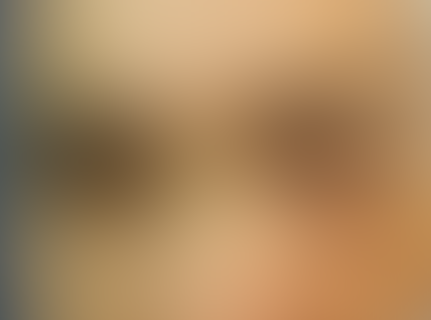Traumatic Avulsion of the Globe: Report of a Rare Case
A 60 year-old man sustained severe facial injury after a car accident. He was conscious at admission and had a laceration on his right fronto-temporal area. On ophthalmologic examination, the right eye was normal with 20/20 vision and only had echymosis on right lower lid. Visual acuity of the left eye was no light perception (NLP). The eyelids of left eye were edematous, but they were open. The globe was protruded to the front of the orbit and the movements of left eye were grossly restricted in all gazes (Figure 1). The eye ball was hypotonic but intact. There was a large horizontal conjunctival and tenon’s capsule laceration on the medial and lateral sides of limbus on which the medical and lateral rectus muscles insert, but the muscles themselves were not visible. The cornea was cloudy and the pupil was widely dilated and had no reaction to neither direct nor indirect light stimuli.
CT-scan images showed protrusion of the left globe with multiple fractures of orbital walls and were suggestive of avulsion of the optic nerve within the left orbit (Figure 2).
Intracranial structures were normal. The right eye was normal. The patient was hospitalized and intravenous corticosteroids and antibiotics were started. The patient underwent surgery. Following exploration of the orbit under general anesthesia and removal of foreign bodies, the right globe was put back into the orbit. A meticulous search was undertaken to retrieve the possibly avulsed distal ends extraocular muscles. Through careful dissections, ends of the superior and lateral recti were found and sutured to their original insertions. Because of crashing injury to the other extraocula muscles, we couldn’t identify the ends of other muscles and suture them. The conjunctiva was then closed and tarsorrhaphy of left globe was done (Figure 3). A week later perimetry of right eye was normal and the chiasma area was suspected to be intact.
One month later, after opening of some tarsorrhaphy sutures, he had varying degrees of motility in some directions, after which the left eye started to show signs of phthisis bulbi. He has tolerated well a dummy prothesis over the left eye and he is currently considering to be fitted electively with ocular prothesis. The right eye visual acuity and visual field were normal throughout the follow up.

